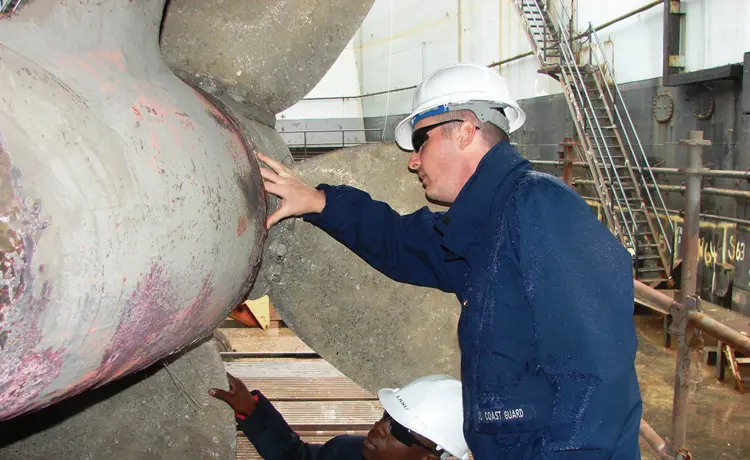In simple terms, the Human Factors Analysis and Classification System (HFACS) is a tool that can help you unravel the events that led up to an accident.
How HFACS Works
Accidents can rarely be attributed to one single cause, and most are caused by human error. These errors are often the result of a complicated mix of human factors that go beyond one individual’s lack of ability.HFACS provides a framework that guides you through the collection and analysis of human factors (data) linked to negative outcomes. HFACS is made up of four general categories of factors known to contribute to accidents and errors.Human factors describe how a person’s interaction with tools, tasks, working environments and other people influence his or her performance.
- Unsafe Acts: Start at the lowest level and ask, “What did the person do (or not do) to cause the accident?”
- Preconditions to Unsafe Acts: Find out why the unsafe act took place, including both situational factors and personnel factors. “Why did the person do this unsafe act?”
- Supervisory Factors: Find out what, if any, actions/inactions of front-line supervisors impacted the outcome. “Who knew about the person’s preconditions but did not take the proper steps to avoid the unsafe act/condition?”
- Organizational Influences: Decisions made at the very top can influence behavior. Maybe the procedures were not clear or the training inadequate? “Did policies, training, communications or funding have an impact?”
HFACS In the Military
In the DoD HFACS framework, these categories are further broken down into nanocodes that represent more specific actions and situations that may lead to errors. It includes investigative questions to help you select the right nanocode. By asking the right questions, you will better understand the underlying human factors that preceded a given unsafe act. For example, if the accident seemingly resulted from an unsafe act, you can start by asking if the person made a performance-based error, showed poor judgement/decision-making or violated a known regulation? If it was because he or she made a poor decision (honest mistake), did he or she:- Fail to adequately evaluate the risks associated with a particular course of action?
- Fail to prioritize tasks?
- Ignore a caution or warning?
- Make the wrong choice of action during an operation?
- Did a supervisor or supervision prove inadequate?
- Was the person properly trained?
- Was he or she provided with appropriate guidelines?
